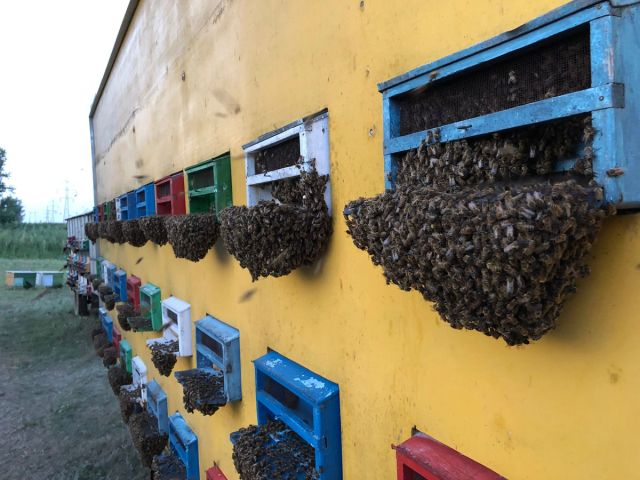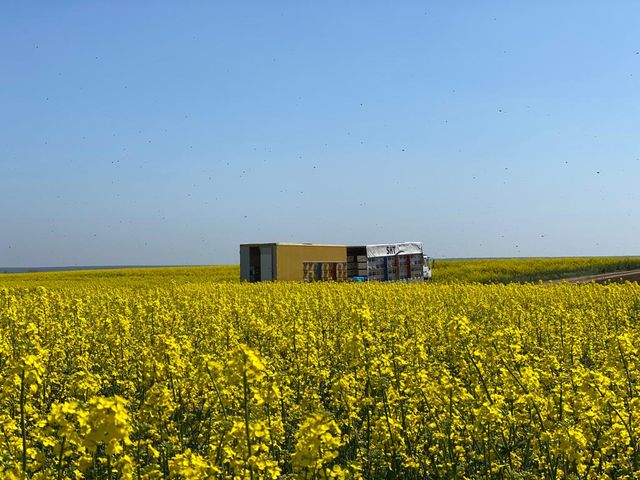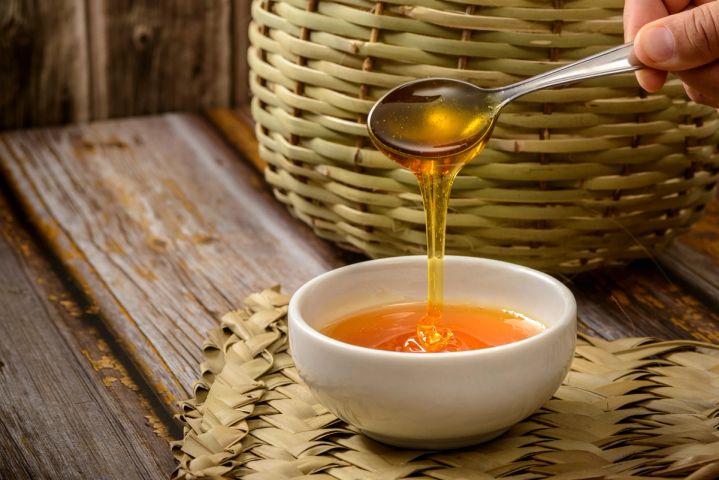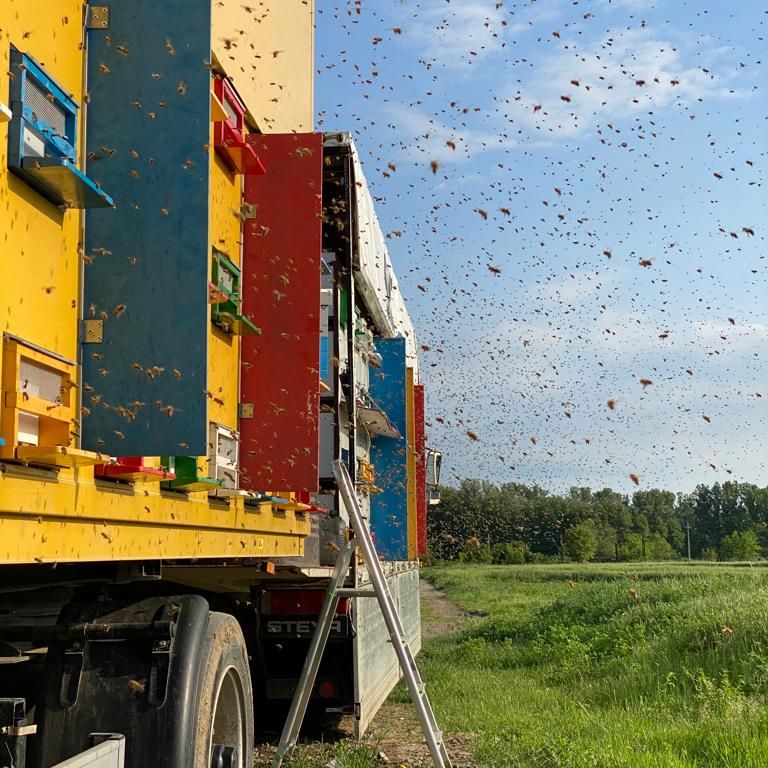Ludovic is based in the north-west of Romania in Sălaj County, Transylvania. He is one of many Romanian beekeepers whose beautiful multi-coloured hives are all housed in trucks which have been specially adapted to house the bees. There are two reasons that this is a popular way of keeping bees in Romania.

Firstly, having the hives on the trucks allows him to move around the area to make sure that the bees have ample amounts of nectar available to them throughout the season. Secondly, having the hives built into the truck means that Ludovic doesn’t need to physically load them on and off when he reaches his destination.
Below, Ludovic tells us more about the art of beekeeping in Romania.
How did you get into beekeeping?
I’ve been a beekeeper since 2011 and have 90 hives. My hives are built in an adapted truck which allows us to move them easily when we need to. My favourite part about keeping bees is being out in the field with them. I can disconnect from everything around me, any worries that are on my mind and it feels like I’m in another world.

What varieties of flowers do your bees typically forage on?
My bees typically forage on wildflowers in the fields and mountains in the area. Romania is known for acacia and linden trees (lime trees) too. And of course, the flowers they forage on impacts the flavour, so the spring honey that my bees produce has a fresh fruity flavour with clear notes of wild cherries and hawthorn.
How is honey typically eaten in Romania?
Honey is so versatile that we use it in loads of different ways. Many people use it when making cakes and sweets, but it’s also seen as a medicine for colds and a boost for the immune system. For that reason, many people take honey regularly. I eat honey every day; I’ll have honey and lemon first thing in the morning on an empty stomach and I take one spoonful of acacia honey in the evening.

